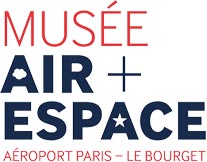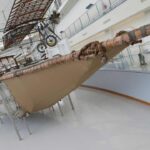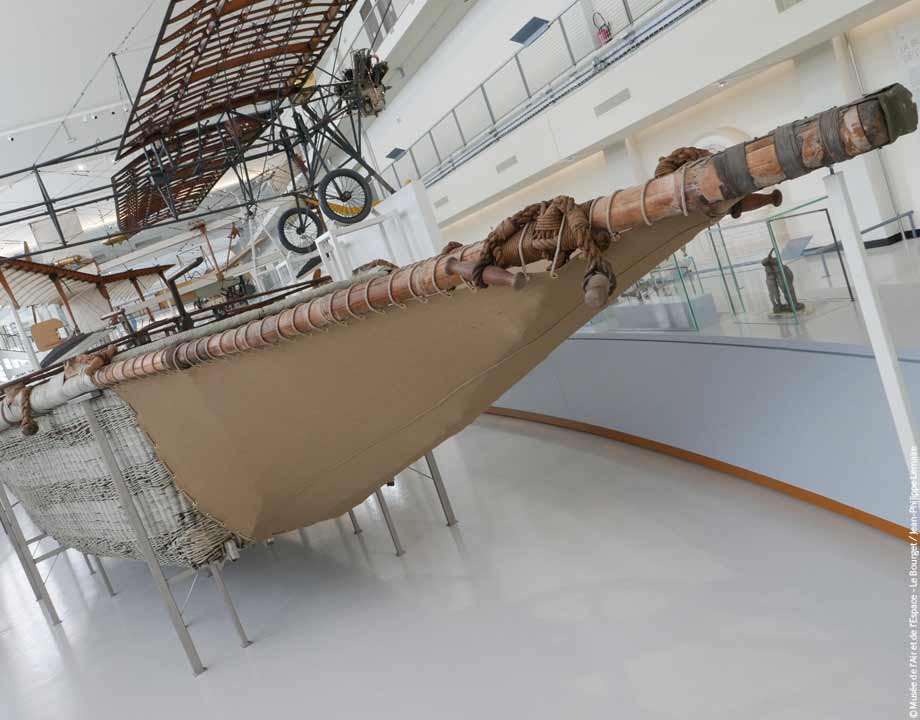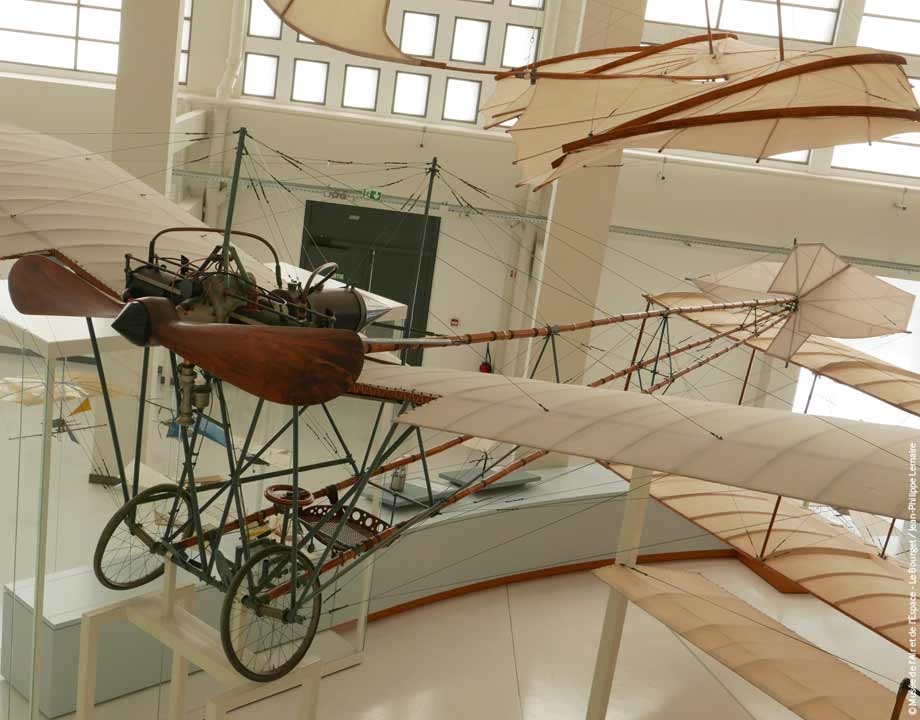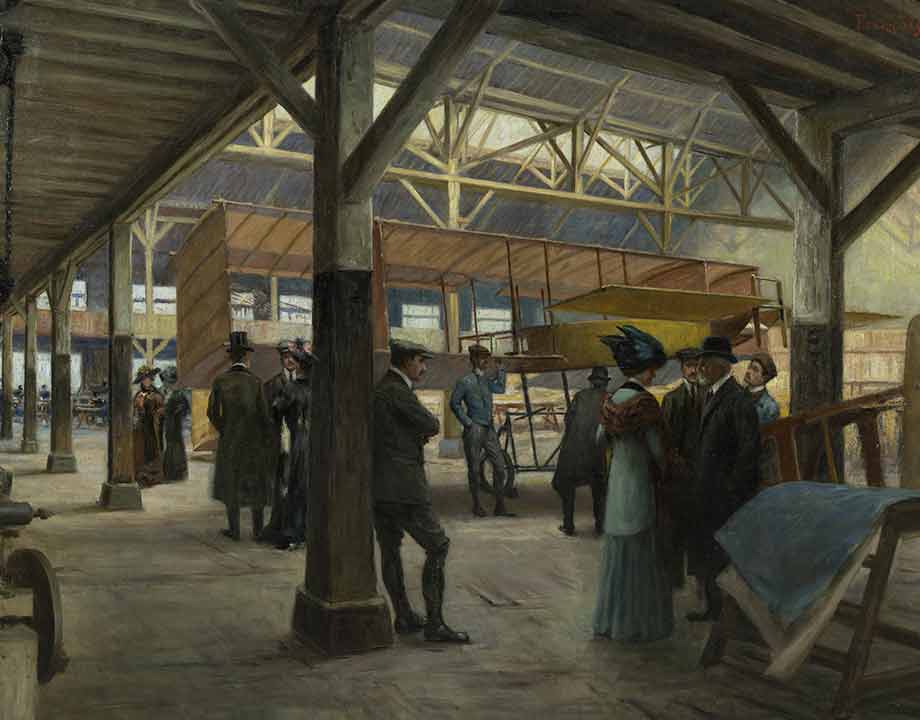Used as a motif or lending its own form to objects, the hot-air balloon became a symbol in the arts beginning in 1783. Among so-called “hot-air balloon” pieces, particularly luxurious items such as this clock were intended for a wealthy clientèle.
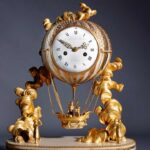
Charles and Robert Balloon “charlière” clock
Clock: the Charles and Robert balloon, known as “Charlière”
Pierre Gavelle, aka Gavelle the Elder (1753-1802)
Paris, circa 1784
Gilt bronze, white and grey marble, enamel
Inv. 11250
On 1 December 1783, the physicist Jacques Charles (1746-1823) and the engineer Nicolas-Louis Robert (1761-1828), took off from the Tuileries gardens in a hydrogen balloon that they had themselves designed. Organised in a location open to all in the centre of Paris, this first manned hot-air balloon flight was followed by hundreds of thousands of onlookers and created an extraordinary buzz. The highly public nature of this ascent explains the ubiquity of the “Charlière”, named after its inventor, on “balloon” objects mass-produced in the late 18th century.
Charles and Robert are shown here in the basket, waving to the crowd represented by individuals standing on the white marble base. The balloon appears to be floating among gilt bronze clouds. Beyond their decorative aspect they have a structural role, supporting the balloon and the clock mechanism. The highly aerial composition is inspired by a planned monument to commemorate the invention of the “aerostat machine”, produced as part of a contest launched in December 1783 by the Count of Angiviller, the director of the Bâtiments du Roi of King Louis XVI.
The artist endeavoured to reproduce the Charlière as it was in reality. The gilt bronze netting is indeed reminiscent of the network of ropes tying the balloon to the basket. The thin gilt bronze strips decorating the balloon resemble the yellow silk strips that formed the covering of the craft. This highly refined object shows how the invention was appropriated by the wealthier echelons of society.
